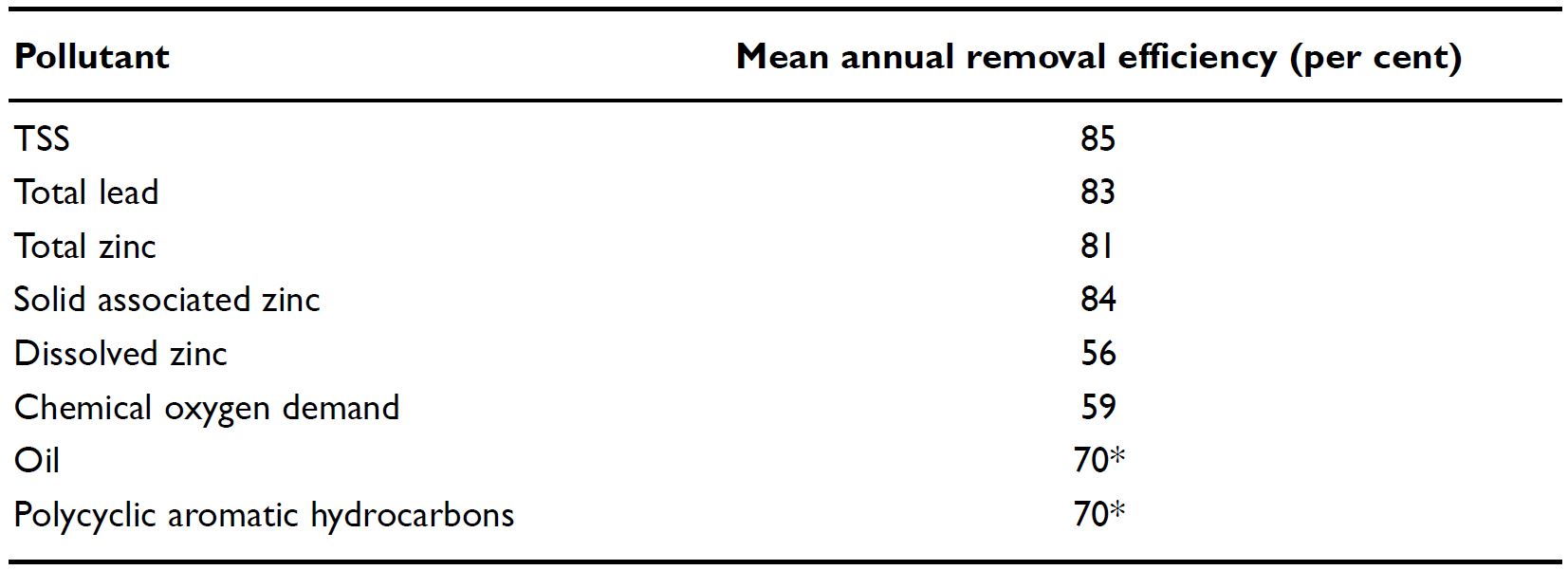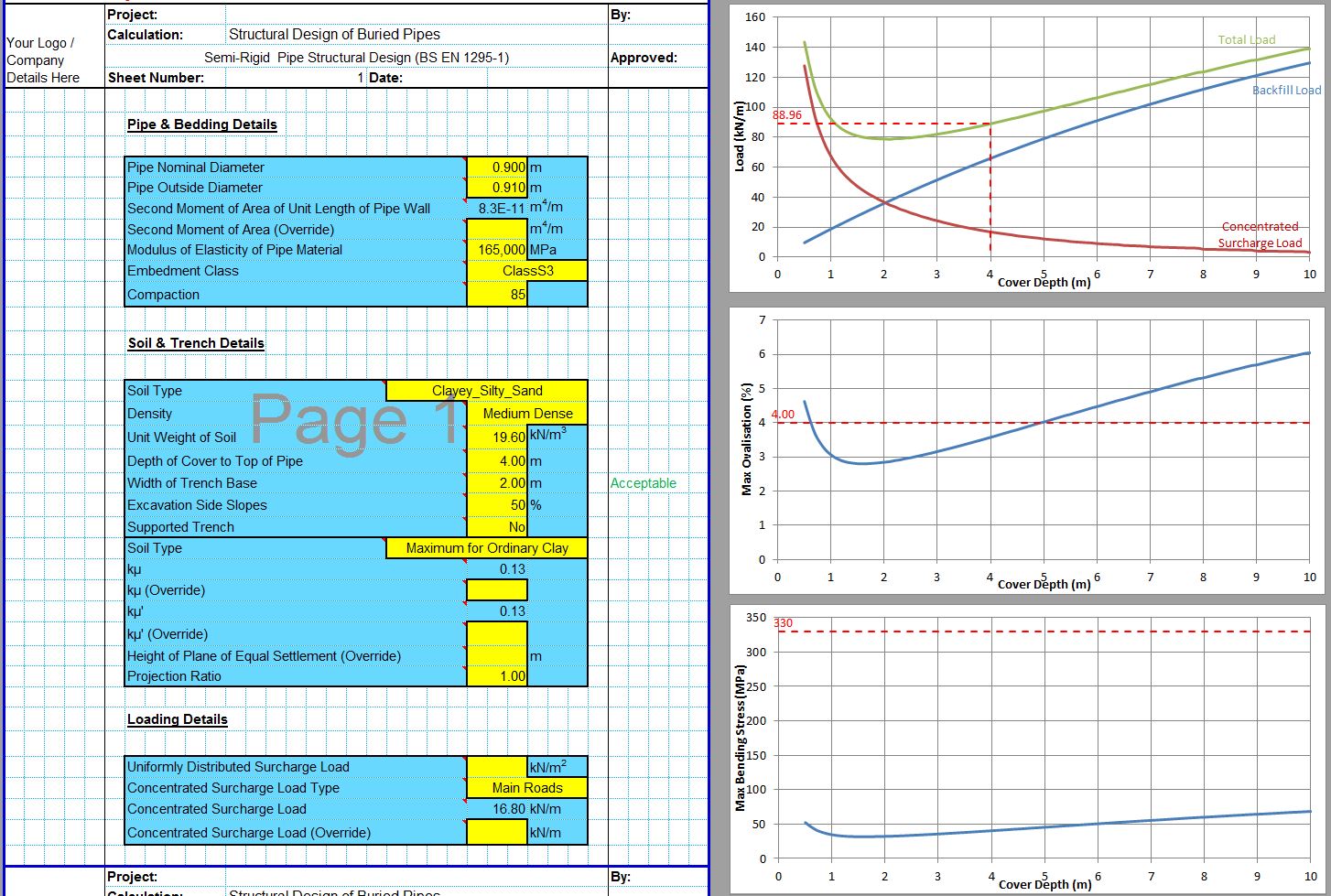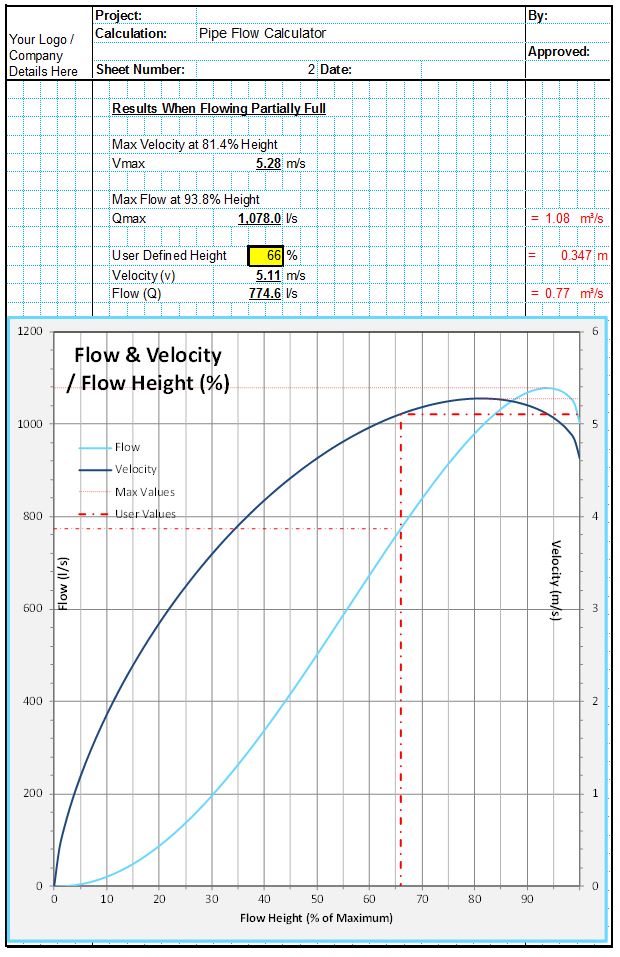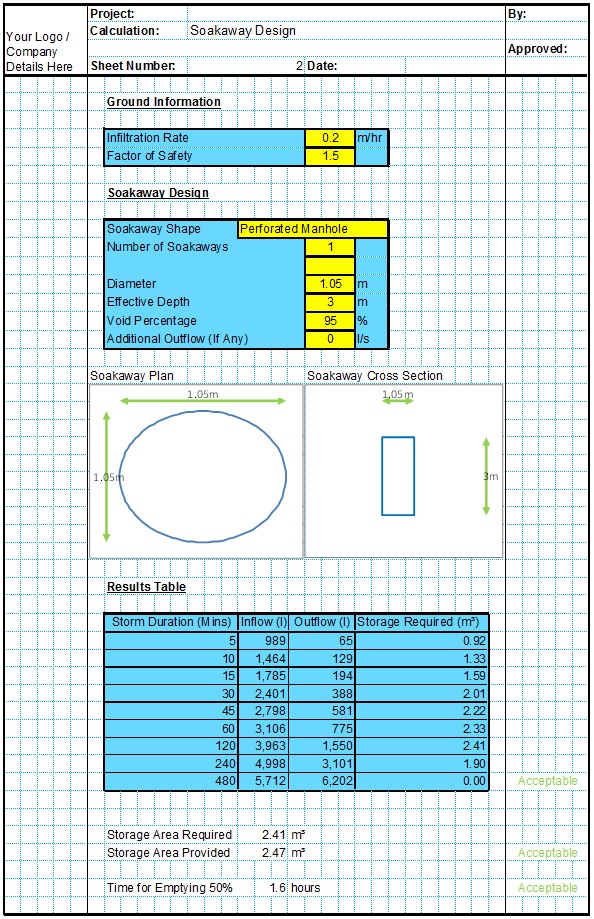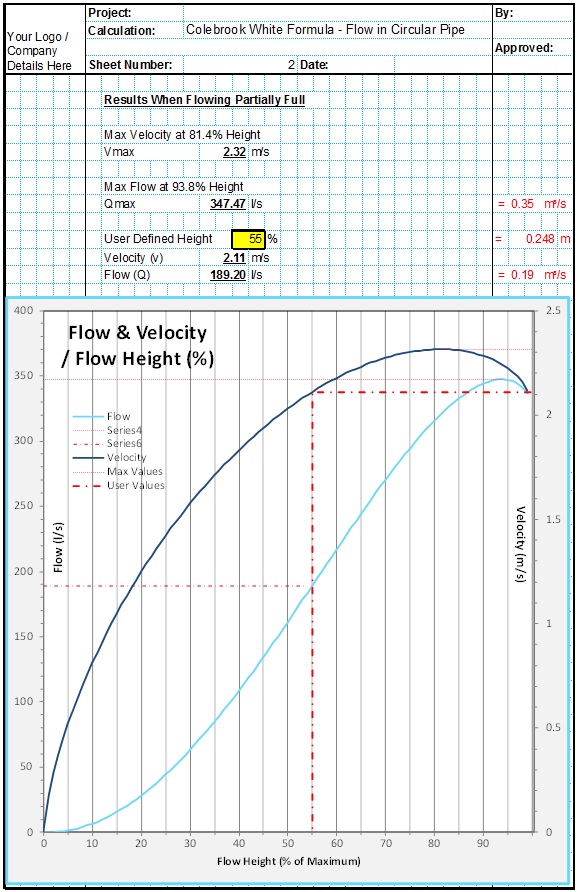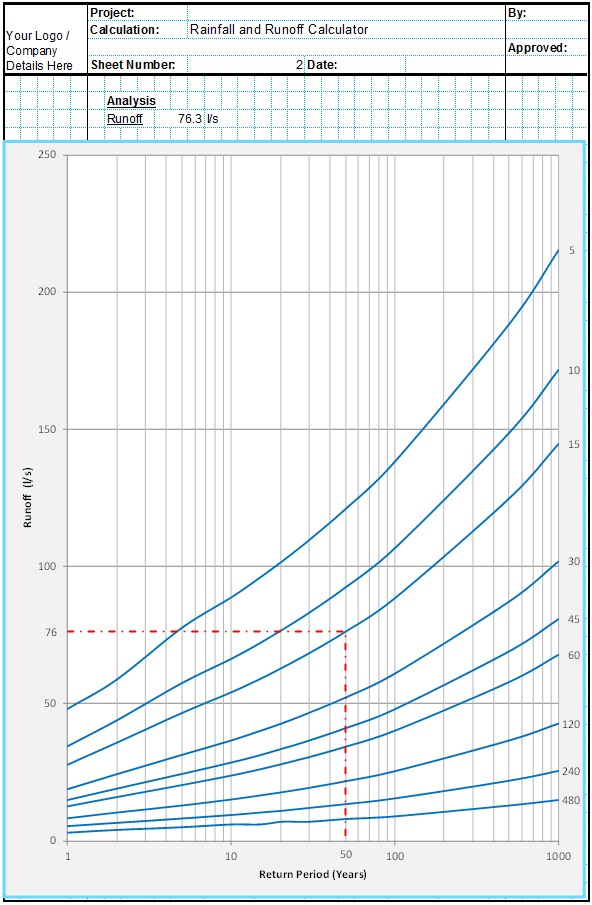French drain water quality must be considered when planning a french drain system. Water quality is generally very good from french drains as the water does filter through a geotextile filter fabric and the granular filter material before being discharged from the perforated pipe. The water quality can be further improved with simple sediment control methods such as including a grass filter strip before the runoff enters the french drain.
French Drain Water Quality
French drains have been shown to achieve good levels of runoff treatment, particularly compared to traditional gully and pipe systems. A well designed french drain should include;
- A narrow grassed filter strip which removes a good percentage or particulates and suspended solids
- A gravel filter material which removes many more suspended solids and heavy metals
- Infiltration into the surrounding soils which removes many more pollutants and delivers the runoff to the groundwater, reducing the runoff entering piped systems
Pre-Treatment
In order to ensure that the runoff water is adequately treated, it is usually necessary to include some kind of pre-treatment to the runoff before it enters the french drain. In most cases this takes the form of a grassed filter strip between the french drain inlet and the runoff source. A filter strip is most often used due to the conducive shape of the filter strip which can run alongside the french drain. This allows the french drain to accept runoff as lateral flow into the trench from above rather than through a single concentrated inlet. Filter strips should be designed in accordance with the runoff quality and pollutant loads expected. Generally even a 0.5m wide filter strip will offer significant water treatment benefits before the runoff is allowed to enter the french drain. This will extend the time between required maintenance and french drain repair efforts as well as extended the life of the whole system.
Treatment Within French Drains
The treatment afforded to the runoff within the french drain depends on the type and quantity of filter material. Generally a fine grained filter material will offer greater treatment for the runoff than a coarse grained material, however the fine grained filter material will achieve much lower permeability rates than coarser grained filter materials. For water quality purposes the filter material chosen should be as fine as possible without compromising the filter materials ability to handle the design storm event. In general at least 0.5m of filter material should be between any inlets and outlets (including surrounding soils if there is infiltration) to ensure that some level of pollutant removal is included within the french drain.
It has been shown that gravel filters typical of french drains are suitable for removing some particulates and heavy metals from runoff waters. Interception values of 90% have been recorded for sediments and between 60% and 80% for heavy metals. The efficiencies from a typical french drain serving a highway have been measured as per the below table.
The effectiveness of the french drain for interception will increase as the french drain becomes clogged, though of course this will decrease the permeability and hydraulic performance of the filter drain. For this reason it is not recommended to use the main filter materials for treatment of runoff unless the french drain will be closely monitored and gravel filter materials removed, washed and replaced regularly.
In some cases where treatment is expected to occur within the main filter material it is beneficial to install a low level perforated pipe only for short lengths near the inlets and outlet. This ensures that the runoff spends more time within the filter material maximizing the treatment efficiency.
One common solution is to install a finer filter material at the inlet such as pea gravel, sand, leaf compost or granular activated carbon. Each material has advantages both in hydraulic performance and treatment performance. Sand for example is better and removing sediments and particulates, whereas organic soils are much better at removing heavy metals and phosphorus. This material will still need to be suitable for the hydraulic performance of the french drain and will need to be replaced or washed regularly. However if this thin layer is installed above the main filter materials and geotextile this can make it much easier and cheaper to replace than the full filter materials.
Improving Water Quality Within French Drains
The simplest way to improve the treatment of runoff within the french drain without compromising the hydraulic capacity is to simply deepen the french drain trench. This will allow greater contact with the filter material increasing the water treatment potential without reducing the rate at which water can percolate through the filter material. This option however is expensive and will potentially affect the perforated pipe design and the structural design of the french drain pipe. Further information on the depth of french drains is included in our French Drain Depth post.
Treatment Within Surrounding Soils
In many cases a french drain will discharge runoff through infiltration into the surrounding soils and eventually into the groundwater. For this reason it is important that the runoff water does not contain any pollutants or contaminants which would adversely affect the receiving groundwaters.
The level of treatment achieved during infiltration is dependent on the type of filter materials used and the depth of soil beneath the french drain but above the groundwater level. Where any infiltration is expected the base of the french drain must be at least 1.0m above the highest level of the groundwater. This is to ensure that there is some treatment of the runoff as it percolates through the surrounding soils before it enters the groundwater.
Where infiltration into surrounding soils is allowed by the design the base of the french drain should be at least 1.0m above the groundwater.
Where infiltration is desired, the french drain can be designed using the CivilWeb Soakaway Size Calculator spreadsheet.
Get your copy of the CivilWeb French Drain Design spreadsheet now for only £20.
Or why not bundle with the CivilWeb Soakaway Design spreadsheet for only £5 extra?
Or save £50 by buying our full Drainage Design Suite including all our drainage design spreadsheets.
Download Free Trial Version
To try out a fully functional free trial version of this software, please Click Here or enter your email address below to sign up to our newsletter.
